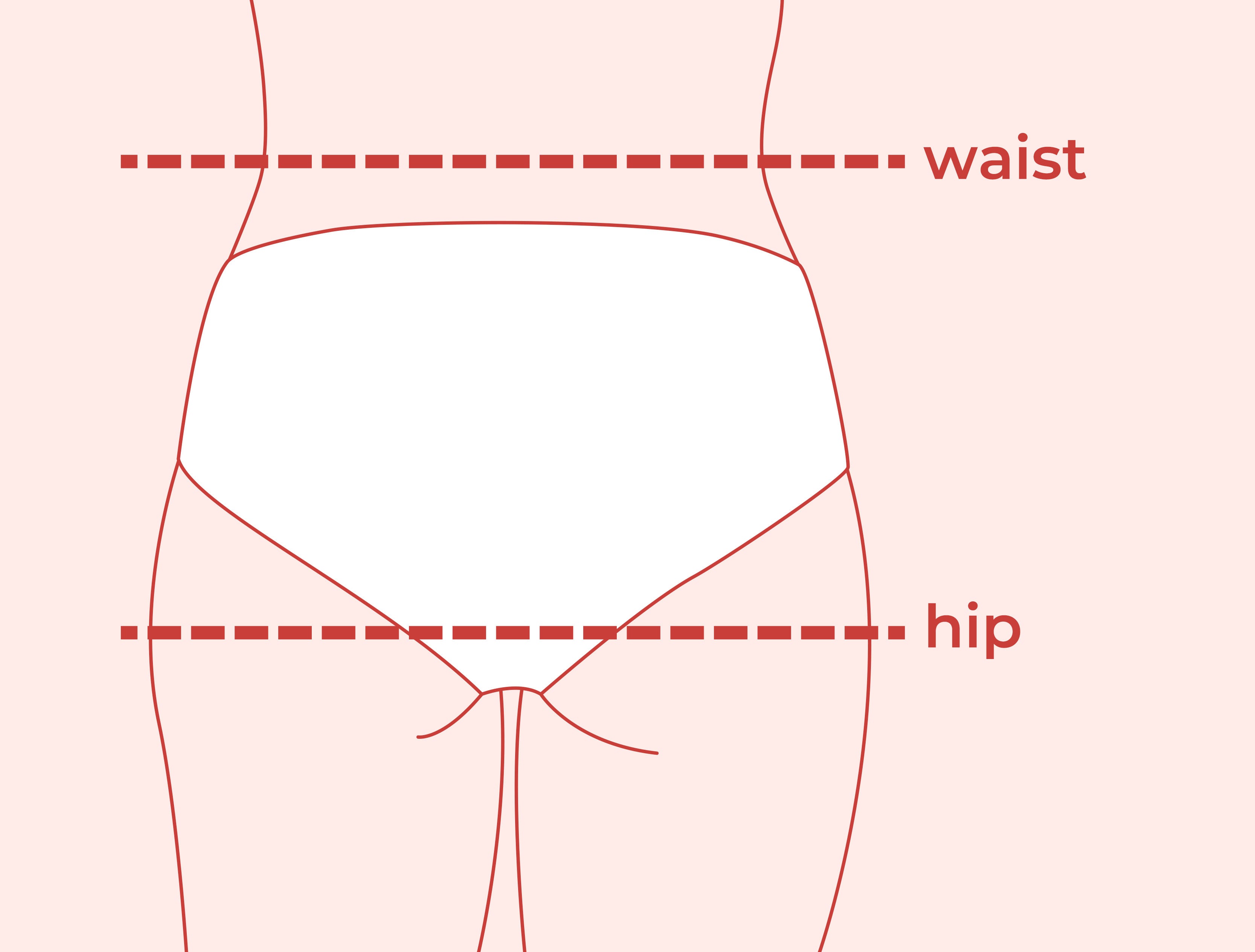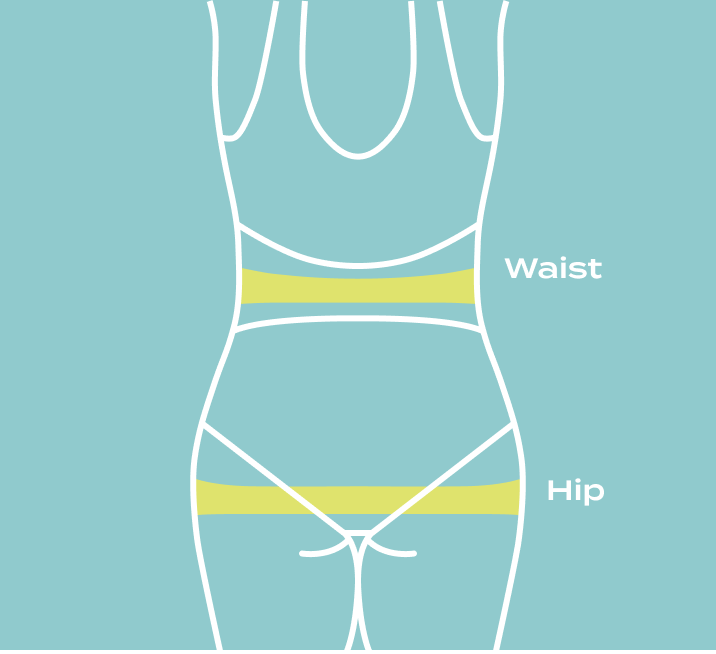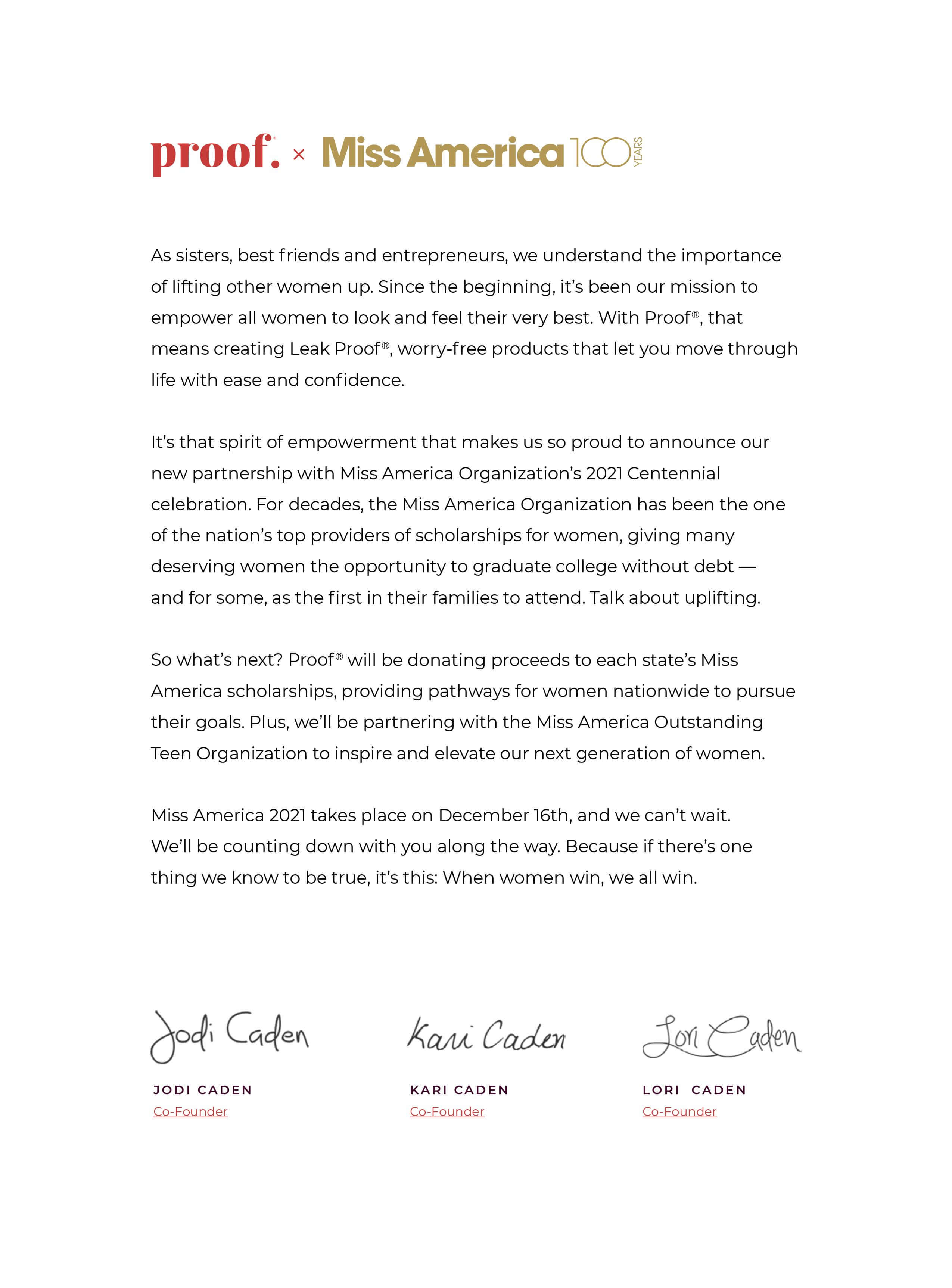A sneeze. A laugh. Even just getting up the wrong way. They can all cause aggravating leaks when you’re experiencing urinary incontinence. First things first, Urinary Incontinence is NOT a disease. Though many conditions cause urinary incontinence, sometimes aging may be the culprit (isn’t it always??) Let's look into what urinary incontinence is and what you can do to manage your symptoms.
What is urinary incontinence?
Urinary incontinence is the leaking of urine or loss of bladder control. It is more common than you may think, and not only women experience it; men do too. Unfortunately, the exact statistics of how many American men and women have urinary incontinence are unknown. This is because many people may be too embarrassed or uncomfortable to open up about their struggles with this condition.
What happens to the urinary system as you age?
As you age, your kidneys and bladder change the way they function and may not function as effectively as they did when you were younger.
Changes in the kidneys with age:
- The kidney tissue begins to dwindle, and the kidneys do not function as efficiently.
- The kidney blood vessel supply starts to harden.
- The Kidney's ability to filter blood slows down.
Changes in the bladder with age:
- The walls of the bladder become denser and decrease in elasticity.
- The bladder cannot hold as much urine.
- The bladder muscles are unable to save as much urine.
- The weakened muscles may also affect the urethra and may cause the urethra to become blocked over time.
Types of urinary Incontinence in aging adults:
Urge Incontinence
Urge incontinence is when you leak urine because you experience a sudden urge to use the bathroom and cannot make it to the toilet in time. Sometimes urge incontinence may cause you to feel the urge to use the restroom more often. Certain conditions, such as urinary tract infections, may cause this.
Stress Incontinence
Stress incontinence is categorized as a urine leak caused by a spasm or sudden pressure on your bladder, such as coughing, sneezing, heavy lifting, or even while exercising.
Functional Incontinence
Have you ever needed to use the restroom so badly but couldn't get your pants unbuttoned on time? Functional incontinence is the inability to make it to the toilet in time because of physical barriers, such as having difficulty unbuttoning your jeans or pulling down your leotard in time. If there were no barriers, you would typically be able to use the restroom without worry. While it is common for functional incontinence to be physical, it may also be cognitive, such as being too engaged in an activity and waiting until the last minute to use the restroom.
Mixed Incontinence
Mixed incontinence is when you have one or more of the types of incontinence listed above. Most often, women experience stress incontinence coupled with urge incontinence.
Common causes of urinary incontinence in older adults
When it comes to aging, urinary incontinence can be quite common. If you’re experiencing symptoms, know that you are not alone. But, it is helpful to understand why:
- Weakened bladder due to aging
- Overactive bladder muscles cause you to empty your bladder more often.
- Certain medical conditions may make it difficult for you to physically make it to the bathroom in time or have trouble unbuttoning your pants.
- Pelvic Organ Prolapse
- Nerve damage that is responsible for the control of the bladder.
What can I do about urinary incontinence?
Change your lifestyle
Changing your diet and the types of food you put into your system may help you improve your bladder function. Possible lifestyle changes include:
- Stop Smoking
- Avoid Alcohol and caffeinated beverages
- Lose Weight to reduce pressure on the bladder
- Drink water to prevent dehydration and promote proper kidney function
- Avoid heavy lifting to avoid bladder leaks.
- Do not drink any liquids for at least two hours before bed.
Pelvic floor exercises
Pelvic floor exercises such as Kegels are very beneficial to strengthening your muscles and improving bladder control.
How to do Kegel Exercises:
- Empty your bladder before starting the exercise
- Squeeze your pelvic floor muscles and hold for 5 seconds
- Relax your pelvic floor muscles for 5 seconds
- Repeat steps two and three for ten times.
- Repeat three times a day.
You may not notice an immediate improvement after beginning Kegels, but it is important to continue to do them until you see bladder function improvement.
Bladder training
A combination of bladder training treatments may be effective in training your bladder to hold urine longer and prevent leaks.
Urgency suppression is a common bladder training method to help you from feeling the urge to use the restroom frequently. This method involves distracting yourself or setting a timer to gradually increase the time between bathroom trips.
Leak proof underwear
Unfortunately, it may take some time and trial and error before determining which technique or treatment is most effective for you. Leak proof underwear will meet you at any stage of bladder incontinence, from your smallest to your heaviest bladder leaks. Proof designed a line of leak proof underwear to help those who suffer from bladder leaks. Proof leakproof underwear comes in various styles to ensure you get comfort without compromising on your desired underwear style. For example, our leak proof thong underwear can hold up to 2 teaspoons of liquid, while leakproof bikini underwear can hold up to 8 teaspoons of liquid. Give Proof a try today with their 60-day guarantee.
When to seek professional help
Doctors do not commonly ask about bladder leaks during a routine check-up, so it is essential to discuss with your doctor if you experience issues. If you do not frequently experience bladder leaks, it may not warrant a doctor's trip. However, it may be time to see a doctor if you:
- You avoid social outings and activities in fear you might experience a bladder leak in public
- You experience bladder urgency frequently
- Your urine stream is getting weaker
- You are constantly worried that you may be too far away from the restroom
- Having trouble urinating when needing to use the restroom
- You feel like you cannot empty your bladder

![Urinary Incontinence in Aging [What you must know]](http://shopproof.com/cdn/shop/articles/urinary-incontinence-aging.jpg?v=1670424977&width=1100)




